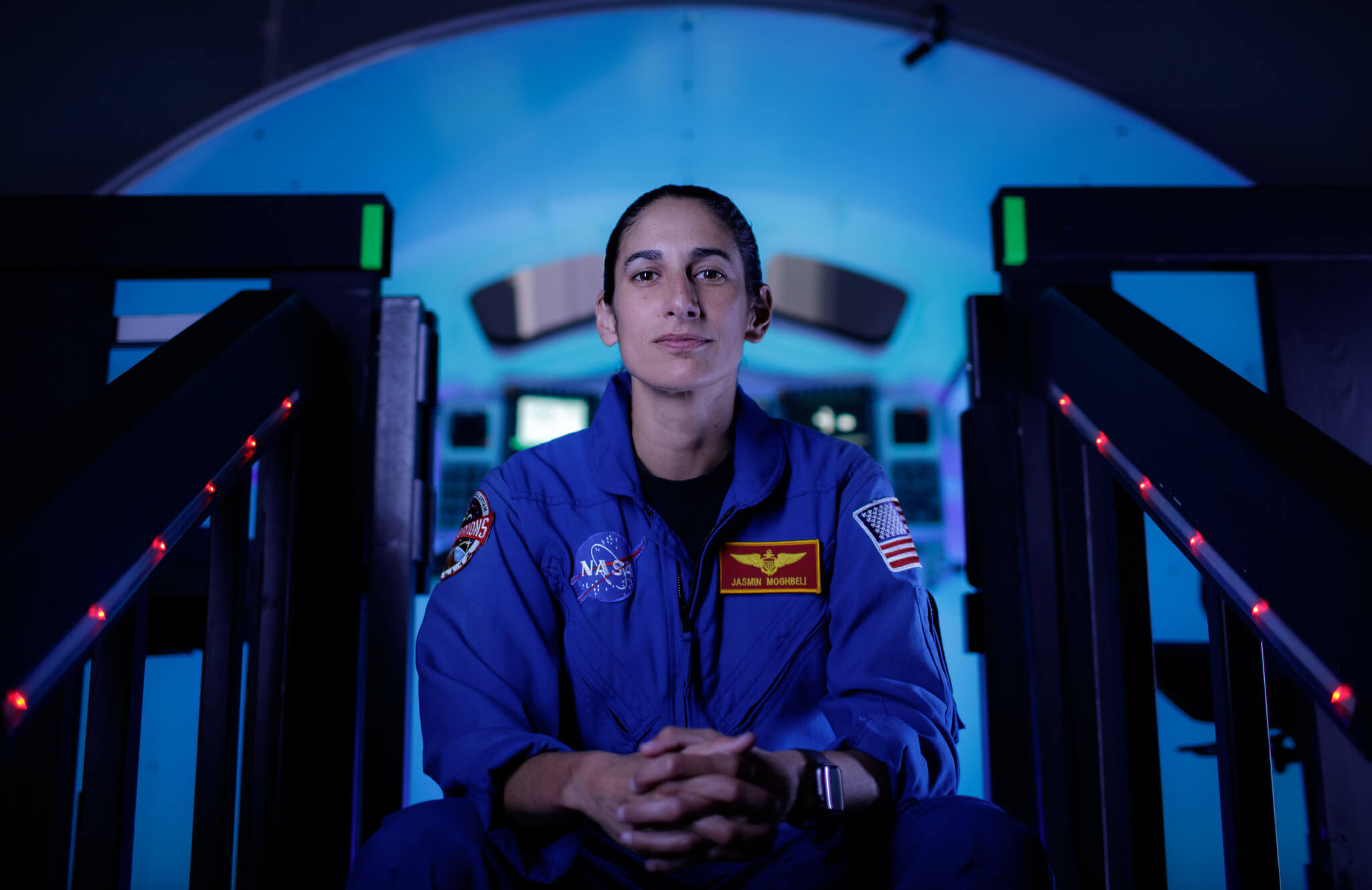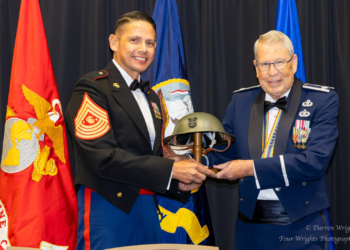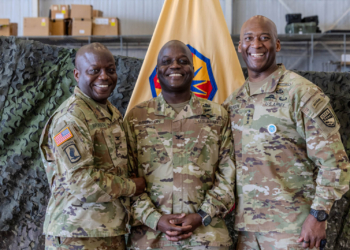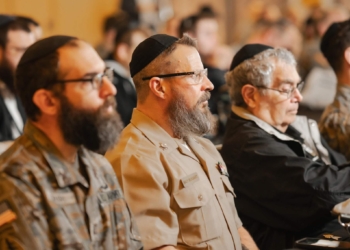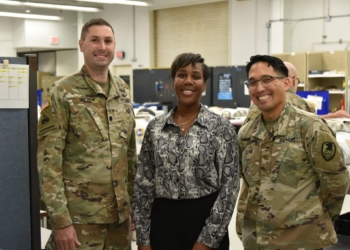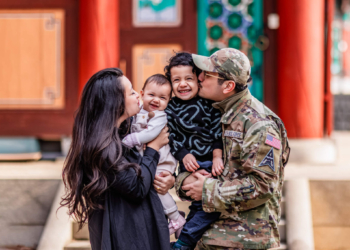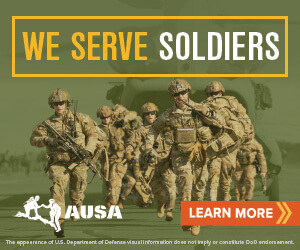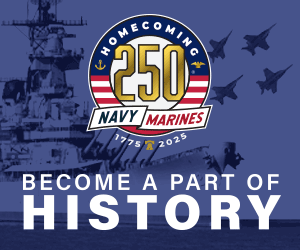An active-duty Marine is among the newest class of astronauts eligible for NASA missions to the moon and beyond.
Marine Maj. Jasmin Moghbeli said she became enamored with space as a child, with a series of experiences amplifying her interest as she got older.
“The first time I remember saying I wanted to become an astronaut was in sixth grade. We had to do a book report and I had chosen to do mine on Valentina Tereshkova — the first woman in space, a Russian cosmonaut. And it’s kind of stemmed from there. We had to dress up like the person in school for the day, so I made a little astronaut costume with my mom,” Moghbeli said.
By the time she reached high school, her parents had enrolled her in space camp and she witnessed a shuttle launch. The seed was planted from there.

Earlier this year, Moghbeli and 10 classmates completed two years of training to become the first class of astronauts to graduate under the Artemis program, making them eligible for assignments to the International Space Station, Artemis missions to the moon, and eventually, Mars, according to a NASA press release.
The New York-native was commissioned into the Marine Corps in 2005 after earning a Bachelor of Science degree in Aerospace Engineering with Information Technology from the Massachusetts Institute of Technology. However, her sights were initially set on being a Naval aviator.
“I don’t think I knew what the Marine Corps was, to be entirely honest. My parents came from Iran and my grandfather was an admiral in the Iranian navy, and so he told me lots of cool stories when I was younger. So, I initially was looking into going into the Navy and becoming a Naval aviator that way,” she said.
During a summer seminar program for the Naval Academy Moghbeli learned about the Marines and by her junior year of college she connected with a recruiter who told her she could get a guaranteed air contract.
Throughout her time as a Marine pilot, Moghbeli completed 150 combat missions and 2,000 hours of flight time in more than 25 different aircraft. At the time of her selection for the 2017 Astronaut Candidate Class, she was testing H-1 helicopters at MCAS Yuma, Arizona.
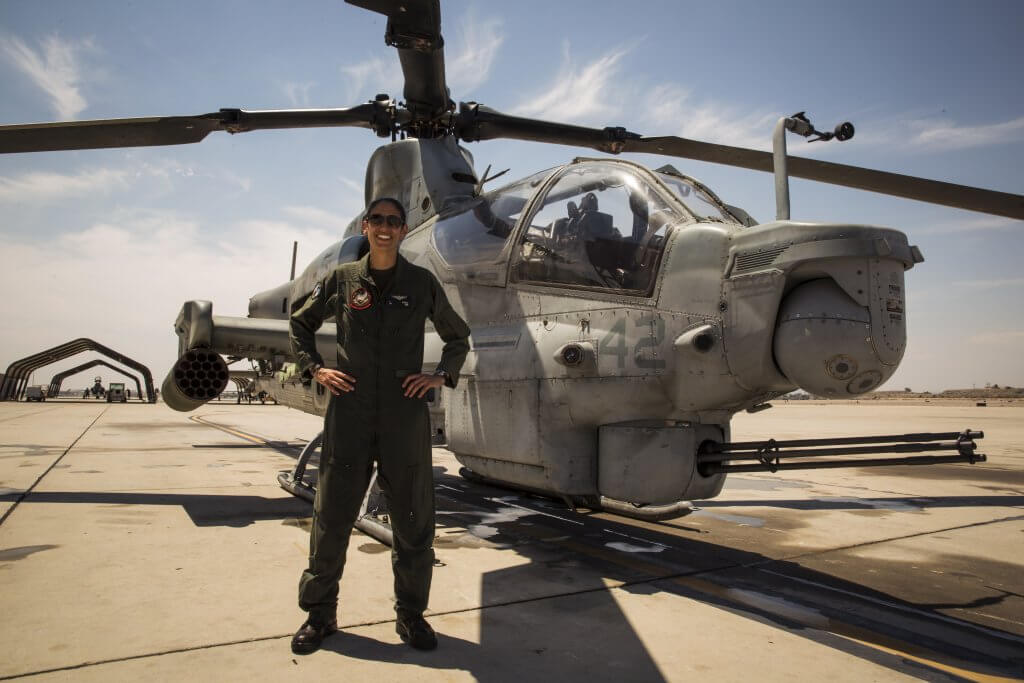
Moghbeli said many crossovers between the culture of the Marines and that of NASA prepared her for success in the program.
“I think the Marine Corps set me up very well for training here and for the job we have to do here. The teamwork and camaraderie — teamwork is obviously a big part of what we do here at NASA — and especially when you talk about being on a crew of a handful of people for months, potentially years at a time. I think we learn a lot of good teamwork skills in the Marine Corps,” she said. “My operational background from being a test pilot, being a Cobra pilot have been huge. Even while I was on the initial training, I was able to contribute to evaluating the displays on the Orion capsule and new things on the different vehicles, because of that background.”
Moghbeli added the public speaking required during frequent flight briefs quelled her stage fright and “learning the space station systems was not that different from learning aircraft systems.”
There are currently 17 active-duty astronauts working for NASA, according to Jennifer Hernandez, a NASA communications specialist. For service members interested in pursuing a similar path to Moghbeli, she offers the following advice:
“Achieving anything that is challenging, and most Marines probably know this but, there’s going to be stumbles and failures along the way, and I’ve had plenty in my path here. If you talk to my first onwing [instructor] in flight school, he’s shocked I even made it to my solo. … But always getting back up, finding those mentors … finding people that will help you when you are struggling, and then also something I think it is very important … to surround yourself with people who are going to challenge you and push,” she said.


